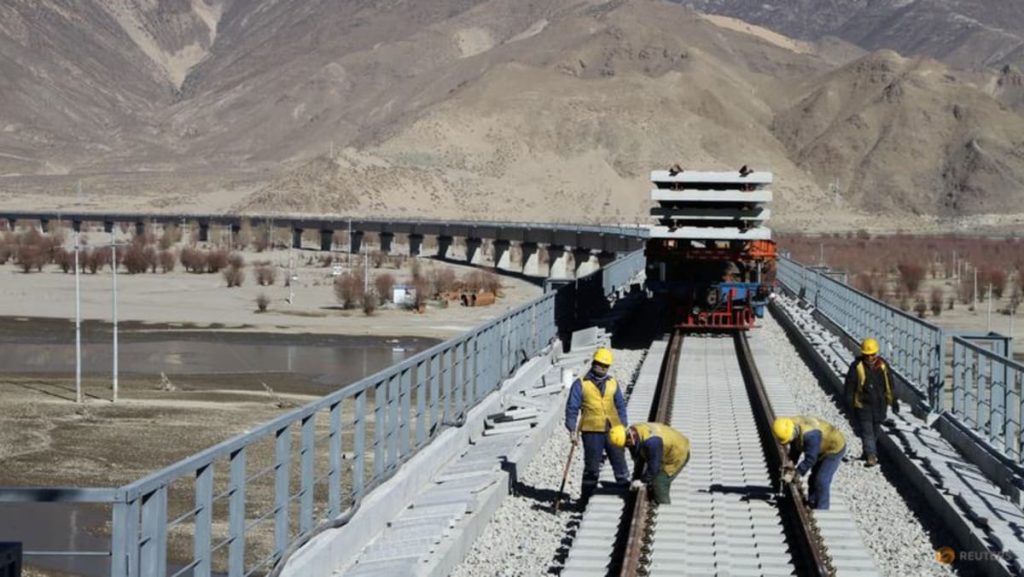The simmering tension between India and China has escalated further with the announcement of China’s ambitious plan to construct a mega hydropower dam on the Yarlung Tsangpo river in Tibet, known as the Brahmaputra in India. This proposed dam, if realized, would surpass even the colossal Three Gorges Dam in scale, raising significant concerns about its potential impact on millions downstream in India and Bangladesh. India, wary of the potential ramifications, has officially voiced its apprehension to China, emphasizing the necessity for transparency and consultations to ensure the protection of downstream interests.
The Brahmaputra, a transboundary river originating in the Himalayas, is a lifeline for vast populations in India and Bangladesh, playing a crucial role in agriculture, livelihoods, and the overall ecological balance. The construction of a massive dam upstream, in the Tibetan region controlled by China, carries the risk of disrupting the river’s flow, affecting water availability downstream, and potentially exacerbating the risks of floods and droughts. Furthermore, the alteration of the river’s natural course could have severe ecological consequences, impacting biodiversity and the delicate ecosystems reliant on the Brahmaputra.
India’s concerns are deeply rooted in the potential for China to exert control over the river’s flow, effectively wielding a powerful geopolitical tool. The ability to regulate water release could be leveraged during times of conflict or political tension, creating a vulnerability for downstream nations reliant on the Brahmaputra’s waters. This strategic dimension adds another layer of complexity to the already strained relationship between India and China, further intensifying the need for open dialogue and cooperative management of shared water resources.
India’s official response, emphasizing the established rights to river waters and the need for consultations, reflects the country’s determination to safeguard its interests and the well-being of its citizens. The call for transparency from China underscores the importance of sharing information about the project’s scope, design, and potential impact. Without open communication and a commitment to collaborative assessment, the project risks fueling mistrust and further escalating tensions between the two nations.
The Brahmaputra dam project highlights the broader challenge of managing transboundary rivers in a world grappling with climate change and increasing demands for water resources. As nations strive to meet their energy needs and development goals, the potential for conflict over shared water resources intensifies. The situation underscores the urgent need for international cooperation and the development of robust legal frameworks to ensure equitable and sustainable management of transboundary rivers. Without such mechanisms, the risks of conflict and environmental degradation will continue to escalate.
The future of the Brahmaputra dam project remains uncertain, with the potential to significantly reshape the geopolitical landscape of the region. The outcome will depend on the willingness of China and India to engage in constructive dialogue, address each other’s concerns, and prioritize the principles of equitable water sharing and environmental sustainability. The international community also has a role to play in promoting cooperative management of transboundary rivers, fostering transparency, and ensuring that projects like the Brahmaputra dam are developed responsibly, taking into account the needs and interests of all stakeholders. Only through such collaborative efforts can the potential for conflict be mitigated and the shared water resources of the region be managed for the benefit of all.

